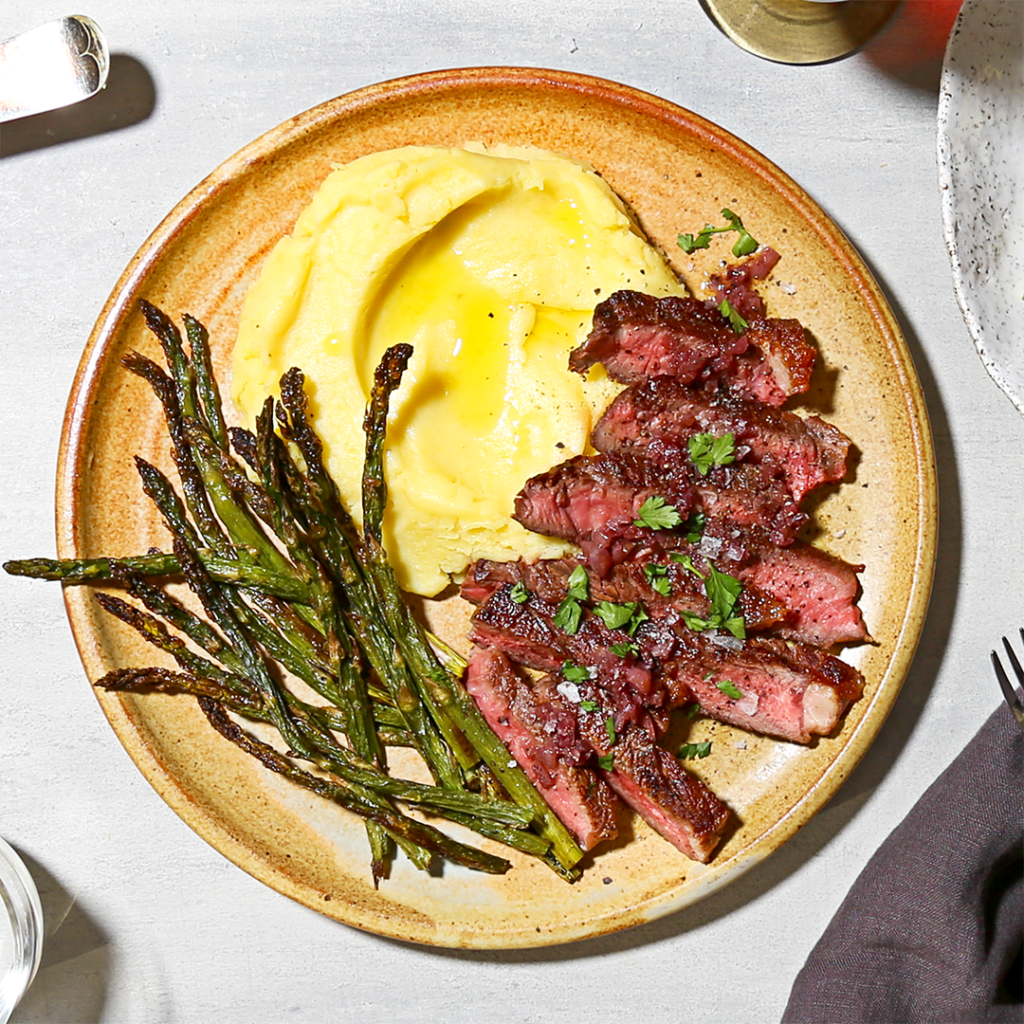
When it comes to choosing beef, not all cuts—or claims—are created equal. One label you’ll see more and more often? Grass-fed beef. But what does it actually mean? And why should you care?

Let’s break it down: what grass-fed beef is, why it matters for sustainability and animal welfare, how it compares to conventional beef in flavor and nutrition, and how to cook with it at home.
What Is Grass-Fed Beef?
Grass-fed beef comes from cattle that primarily eat grass and forage rather than grain-based feed. It’s how cows naturally graze—roaming on pasture and eating what grows from the ground, not what’s manufactured in a feedlot.
That said, not all grass-fed labels are the same. Some cattle may start out on pasture but finish their lives eating grain (aka “grain-finished”). For the gold standard, look for grass-finished beef, which means the animal ate grass for its entire life.
Why is Grass-fed Beef Better for the Animal
Grass-fed cattle are typically raised in more natural, spacious environments where they can graze and roam. Compared to conventional feedlots, pasture-based systems tend to involve:
- Less crowding
- Reduced stress on the animal
- Fewer antibiotics
- Higher animal welfare standards
Look for labels like Certified Grass-Fed, Certified Humane, or Animal Welfare Approved to ensure ethical practices.
Why is Grass-fed Beef Better for the Planet
Grass-fed beef—especially when produced using regenerative agriculture—can play a powerful role in building a more sustainable food system. When managed responsibly, grass-fed systems can:
- Improve soil health and water retention
- Support biodiversity in grasslands
- Reduce erosion and runoff
- Sequester carbon in the soil
Compared to grain-fed cattle raised in feedlots, grass-fed cows typically require less water, less fossil fuel input, and no synthetic fertilizers or pesticides to grow their food.
Does Grass-fed Beef Taste Different?
Grass-fed beef has a richer, more complex flavor than conventional grain-fed beef. Because of the cow’s natural diet, the meat tends to be:
- Leaner, with less marbling
- Slightly firmer in texture
- Packed with earthy, almost mineral notes
Some cuts may taste more “beefy” or gamey than you’re used to—but in a good way. Think of it as real flavor, not bland filler.
How to Cook with Grass-Fed Beef
Because it’s leaner, grass-fed beef cooks faster than conventional beef. Here are a few quick tips:
- Lower the heat: Use medium to medium-low temps to avoid overcooking.
- Watch the clock: It can go from perfect to overdone fast—pull it earlier than you think!
- Let it rest: Always give your beef 5–10 minutes post-cooking to lock in juices.
Marinate or baste: Helps tenderize and add moisture, especially for leaner cuts of meat.
Great Way to Use Grass-Fed Beef
- 🍔 Grass-fed hamburger patties (try a grass-fed ground beef)
- 🌮 Lean grass-fed ground beef for tacos or pasta
- 🥩 Tender steaks or grass fed beef chuck roasts cooked low and slow
- 🍲 Hearty beef stews or chili for meal prep
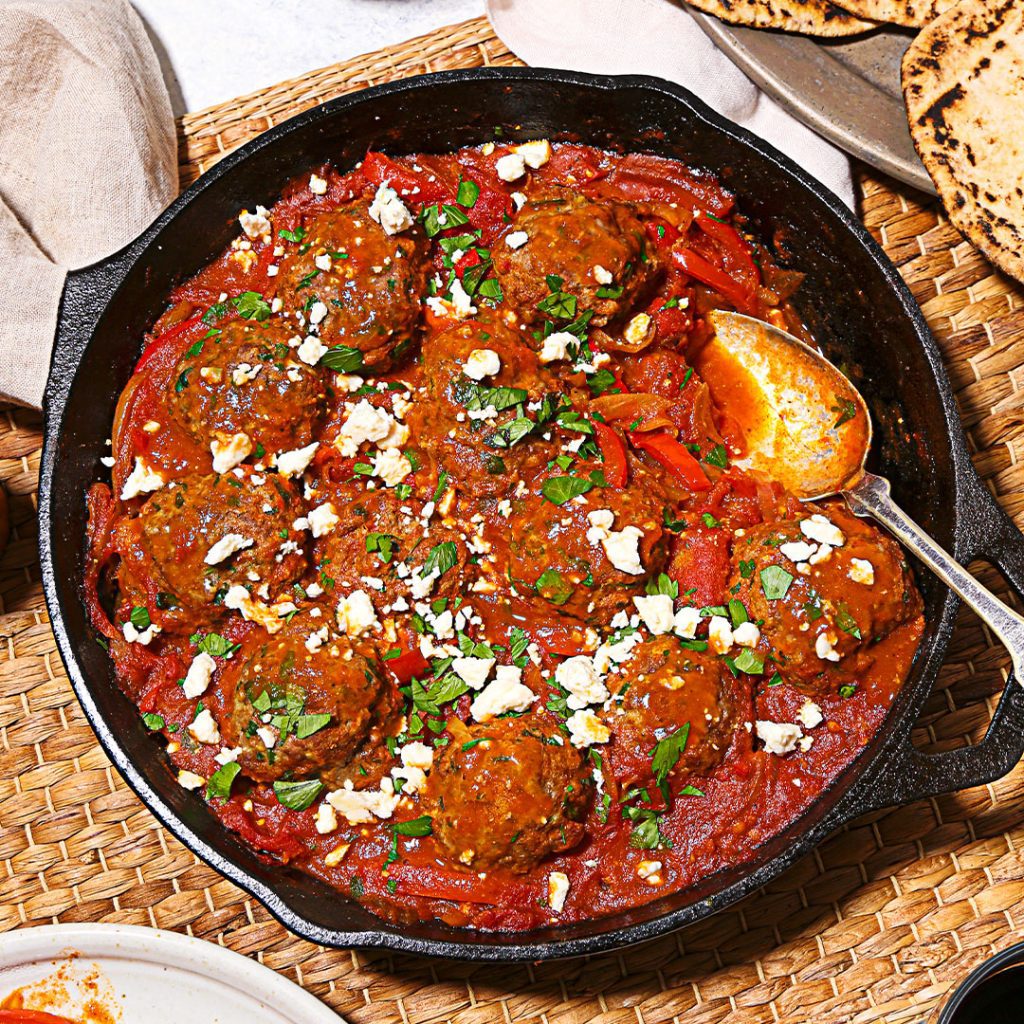
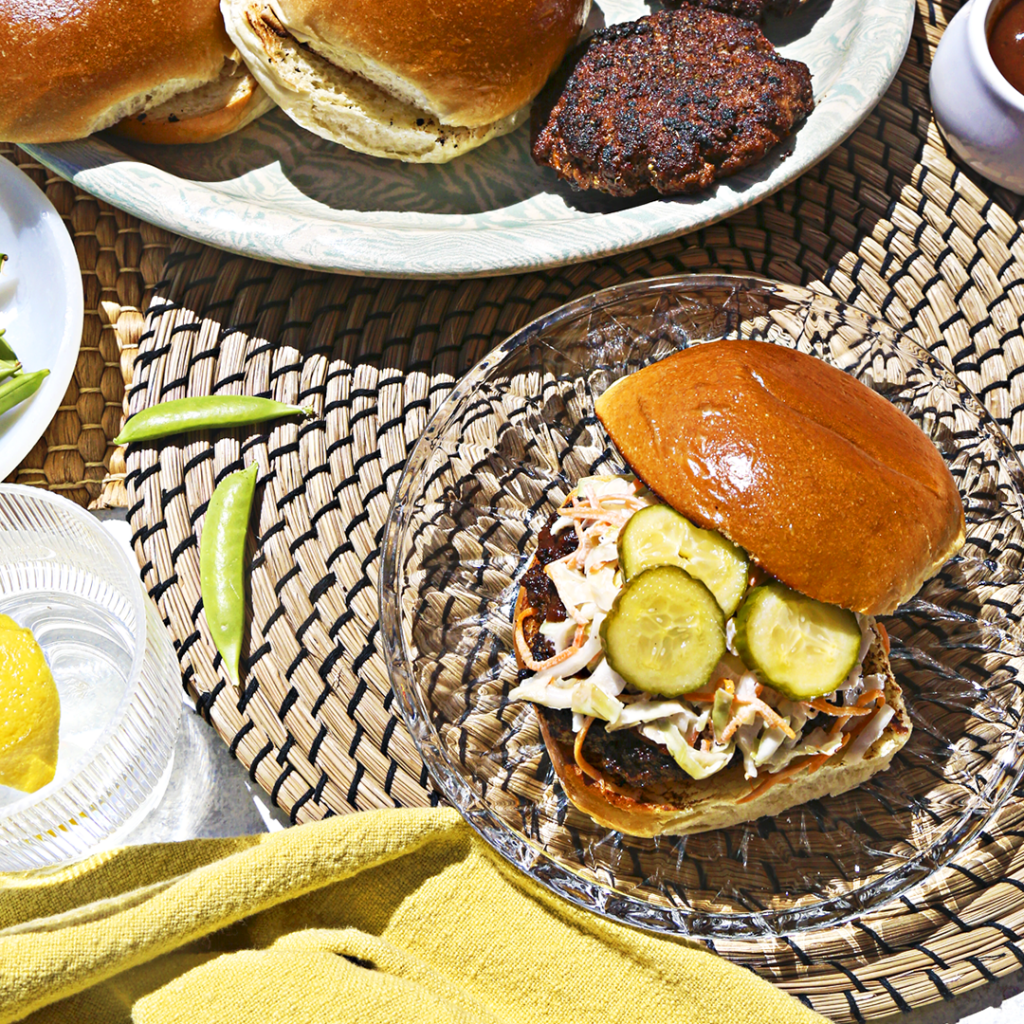

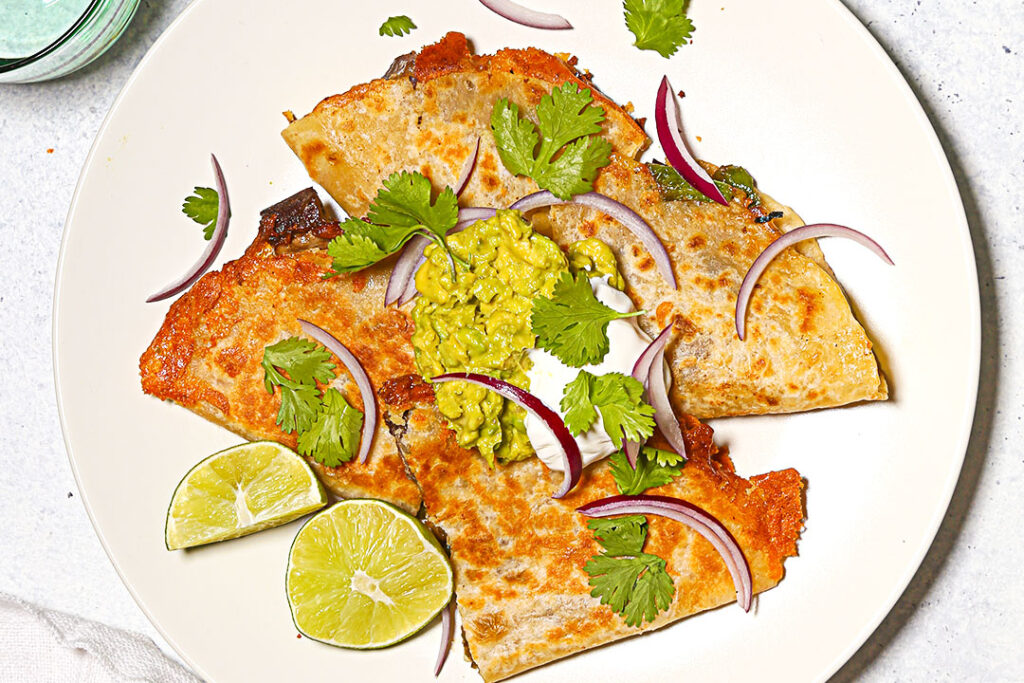
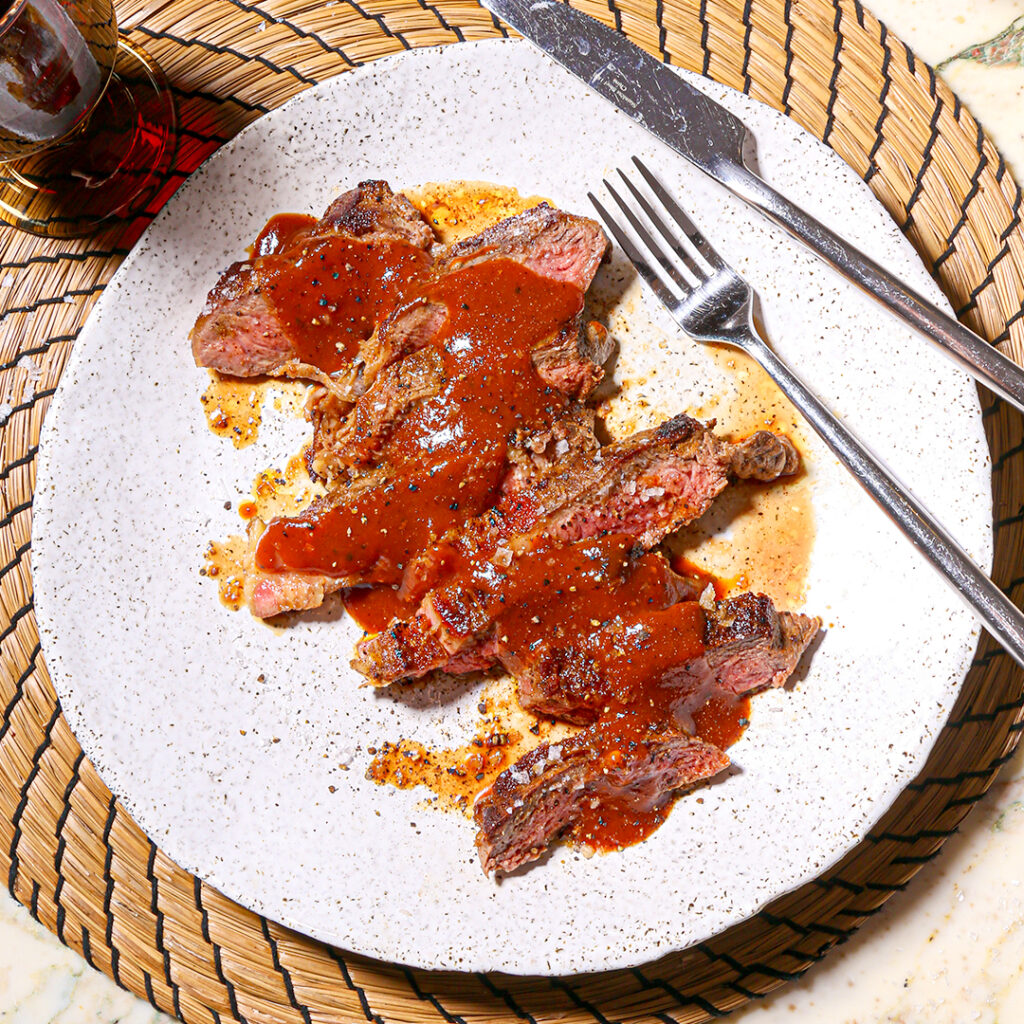
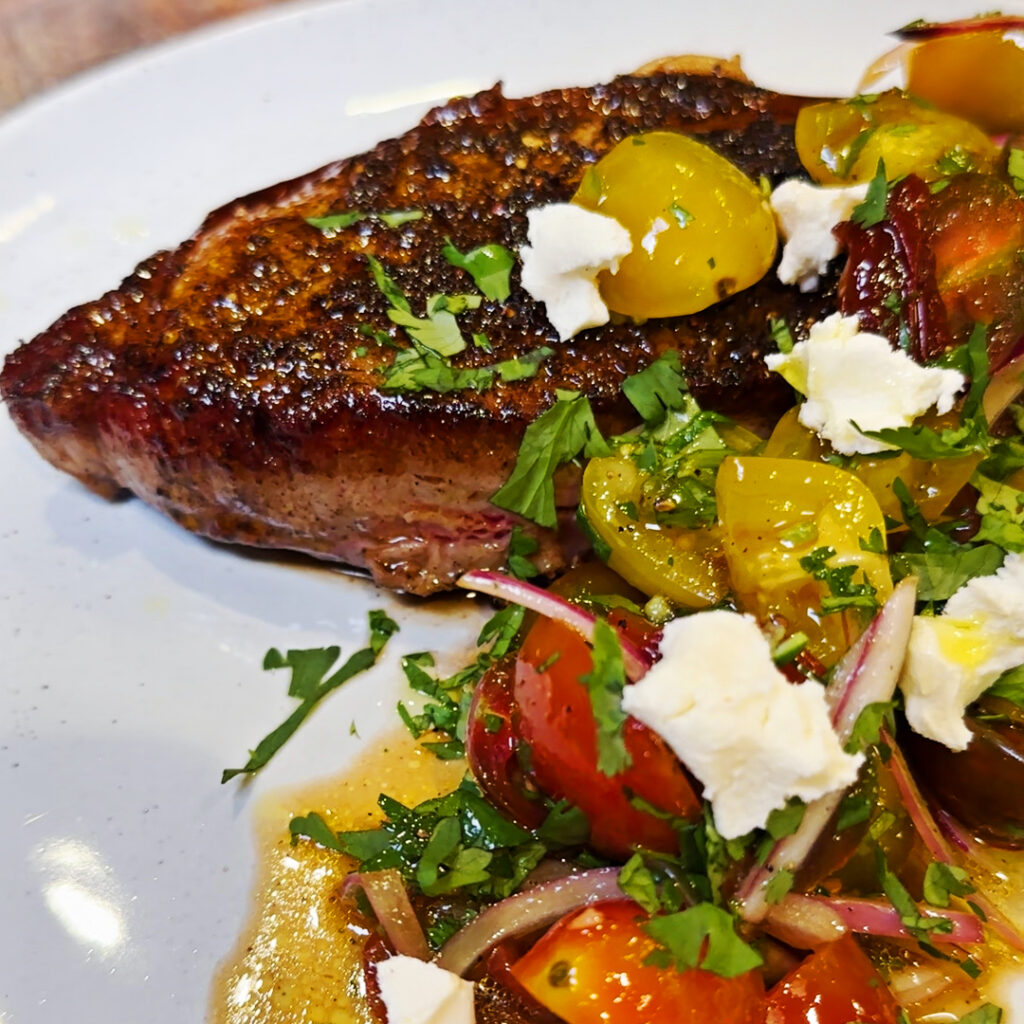
Recipes That Go Great with Cuts of Grass-Fed Beef
- Meatball Shakshuka
- Spice-Crusted Burgers
- Lettuce Wraps with Steak and Quick-Pickled Carrots
- Skirt Steak Quesadillas
- Spice-Crusted Ribeye with Homemade BBQ Sauce
- Coffee-Rubbed Steak
Where to Buy Grass-Fed Beef
At Misfits Market, we offer organic meat delivery of grass-fed beef & pasture-raised, and regenerative beef options that align with our sourcing standards. That means: no added hormones, no antibiotics, and ethically raised meat from farmers who care about doing things the right way. A few of our favorites are grass fed beef sirloin, grass fed beef bones, and grass-fed beef tallow. Sign up to shop now!
Want to explore more meat label definitions? Read our full guide on understanding protein terminology: Understanding Meat Labels: What Grass-Fed, Organic, and Other Terms Really Mean

Comments (2)
While it is true that “grass-fed” is different from conventionally grown beef it is not necessarily better than it. Conventionally produced beef actually has a markedly less impact on GHG production from enteric methane. Grazing plays a large part in the life cycle of raising almost all beef even those fed a high production ration for better marbling (higher fat= flavor) in conventional processes. These animals are only fed like this in a controlled diet and environment for a very short period of time until they are rendered.
The argument about animal health and wellbeing is purely subjective. In the largest percentage of cases the animals are fed better and provided better healthcare than most people would receive. They have more than ample space to move about, as well.
If Imperfect Foods is going to perpetuate blanket speculative statements about industries raising food then it should be mindful of its customer base and take heed not to assume that they are unknowing of such things. Sell the food don’t make baseless claims borrowed off of propaganda from special interest groups who also have no basis for their beliefs.
Hi Zach! Thanks for taking the time to share your perspective—we truly value thoughtful, informed feedback like yours. You’re absolutely right that there are many nuances in how beef is raised and evaluated, from greenhouse gas emissions to animal welfare and nutritional content. Our goal in referencing terms like “grass-fed” or “pasture-raised” isn’t to discredit conventional practices or promote misinformation, but to offer transparency for customers who are specifically seeking certain sourcing models—whether for environmental, ethical, or personal reasons. Any sourcing claims we make are based on the standards of our partners and available research, and we appreciate the reminder to communicate those differences responsibly and with nuance. Thanks again for contributing to the conversation!